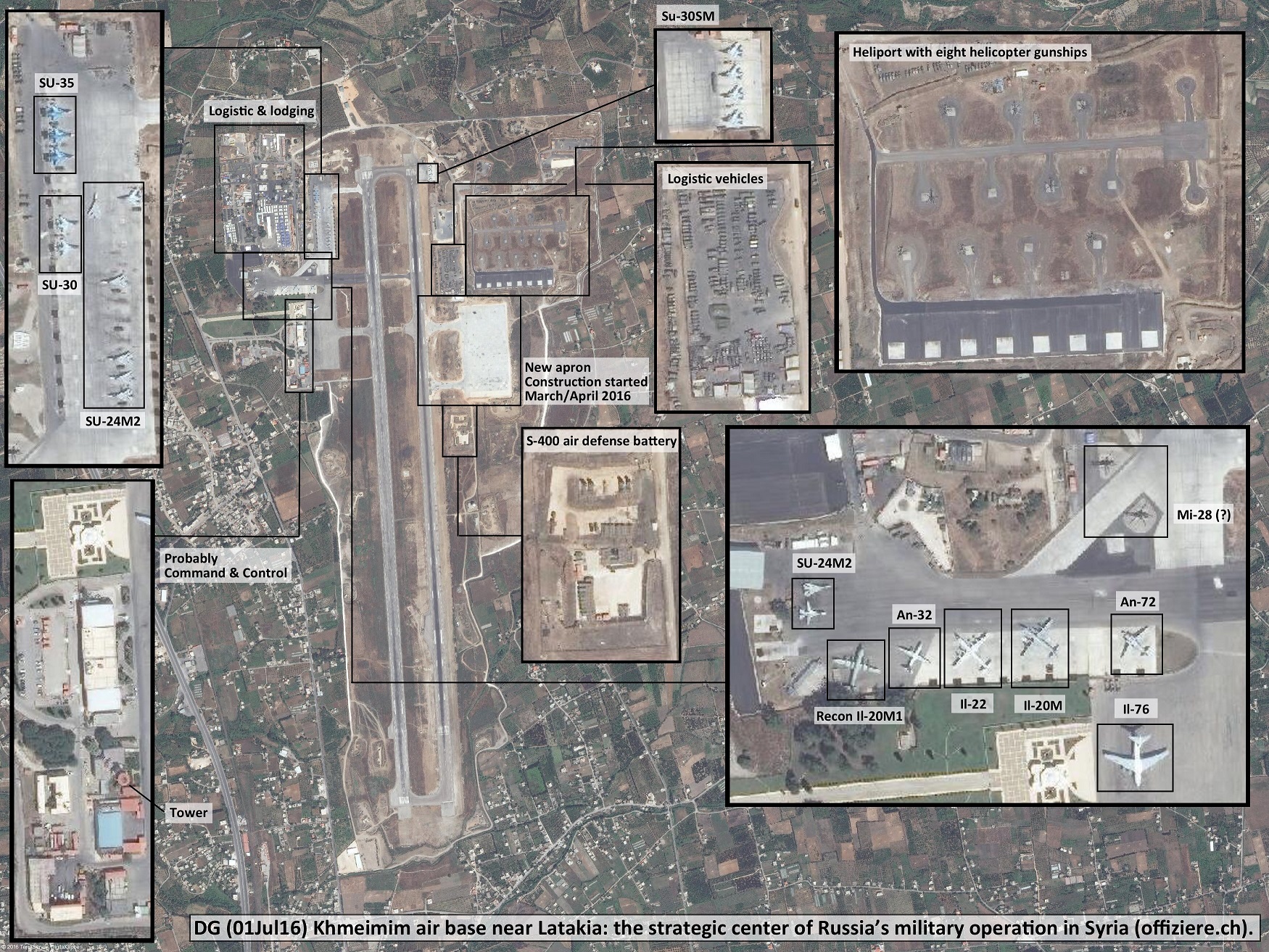Nuclear Weapons 333 - Russian Bases In Syria Attacked By Drone Swarm With Bombs
As soon as drones could be made cheaply enough, there were concerns that groups of drones could be “weaponized” into armed swarms that could pose a threat. There have been reports of individual drones causing problems but now the fears of armed swarms have proven to be real.
The Russian Khmeimim air base and the Russian Tartus naval facility, both in Syria, were just attacked by swarms of small drones with bombs attached. The Russian military successfully fought off both attacks without casualties or significant damage.
The Russian Ministry of Defense issued a statement that said, “As evening fell, the Russia air defense forces detected 13 unidentified small-size air targets at a significant distance approaching the Russian military bases. Ten assault drones were approaching the Khmeimim air base, and another three – the CSS point in Tartus.”
Six of the drones were intercepted and forced down by Russian Electronic Warfare Units. Three of those landed safely and the other three blew up when they hit the ground. The remaining seven drones were destroyed by Pantsir-S anti-aircraft missiles. While minimal damage was done by the drone attack, the Russians are taking it seriously.
When the Russians examined the intact drones, they appeared to be cobbled together but were effective nonetheless. They were launched from about thirty miles away and used GPS and altitude control sensors to guide their attack. The Russians say that the drones had a maximum range of about sixty miles. This new threat makes the two bases much more vulnerable than they were in the past.
So far, no organization has claimed responsibility for the drone attack. The Russian believe that the drones are too technologically sophisticated to have been constructed and launched by local forces. There are rumors that the U.S. forces in the area might have supplied the drones, but the Pentagon denies this. Putin has order the creation of a special force to protect key nuclear power plants in Russia from drone attacks.
Although there is a great deal more to learn about this attack, one thing has been made abundantly clear. This marks a major change in weapons that will require a major change in defense. A reporter at the Drive said, “Who knows how accurate some of these details really are, but if the number of drones launched at the facility is anywhere near correct, it would seem to be the first self-contained, large scale, coordinated, standoff drone assault on a fixed installation like this. It seems that the age of drone swarms has arrived, and that's a terrifying reality to comprehend.”
A large drone swarm could possibly overwhelm the defenses of a land base or a big naval ship with sheer numbers. The drones are much cheaper than the missiles used to destroy them at the Russian base. The drones can be constructed from readily available components. With a range of sixty miles, they could be easily transported close enough to just about any military facility in the world and launched to cause havoc.
In addition to the threat of massive attacks on military targets, swarms of drones have great potential for terrorist attacks against civilian targets. And, with the addition of face recognition, they could be used to target and kill individuals. The reason that I am blogging about drones in on a blog about nuclear weapons is that it would be possible to attach a small nuclear warhead to a drone which could then be flown at low altitude to a target. Nuclear power plants would also be prime targets for drone swarms. While drones have many peaceful uses, they are also a threat to public safety and national security.
Russian Khmeimim airbase in Syria:
